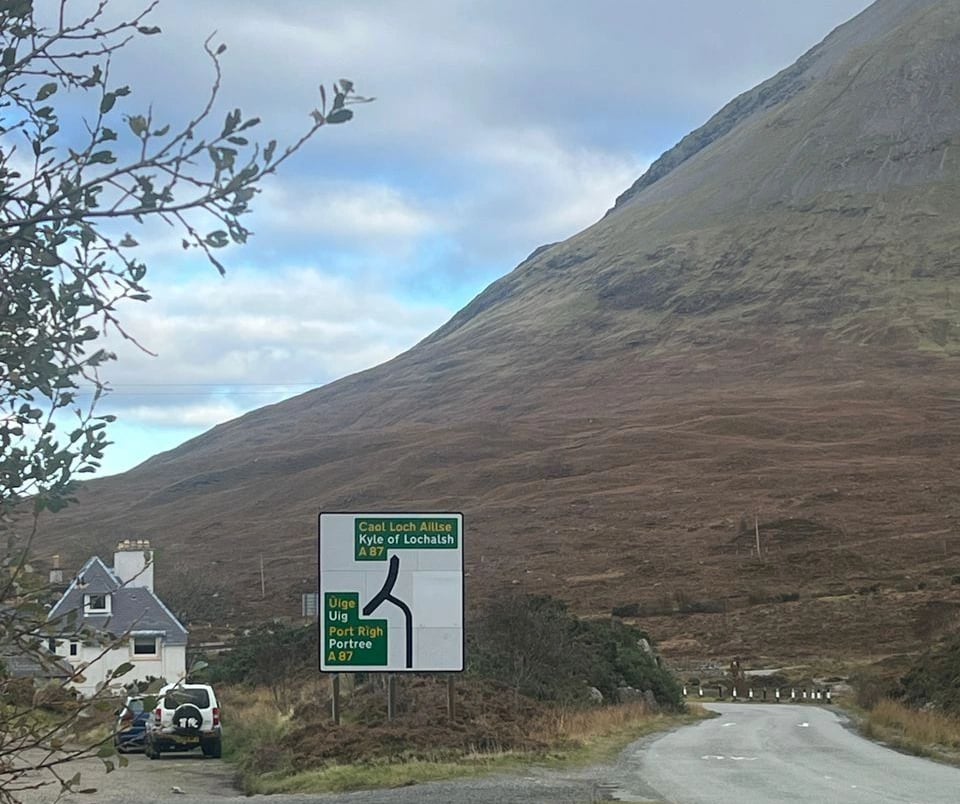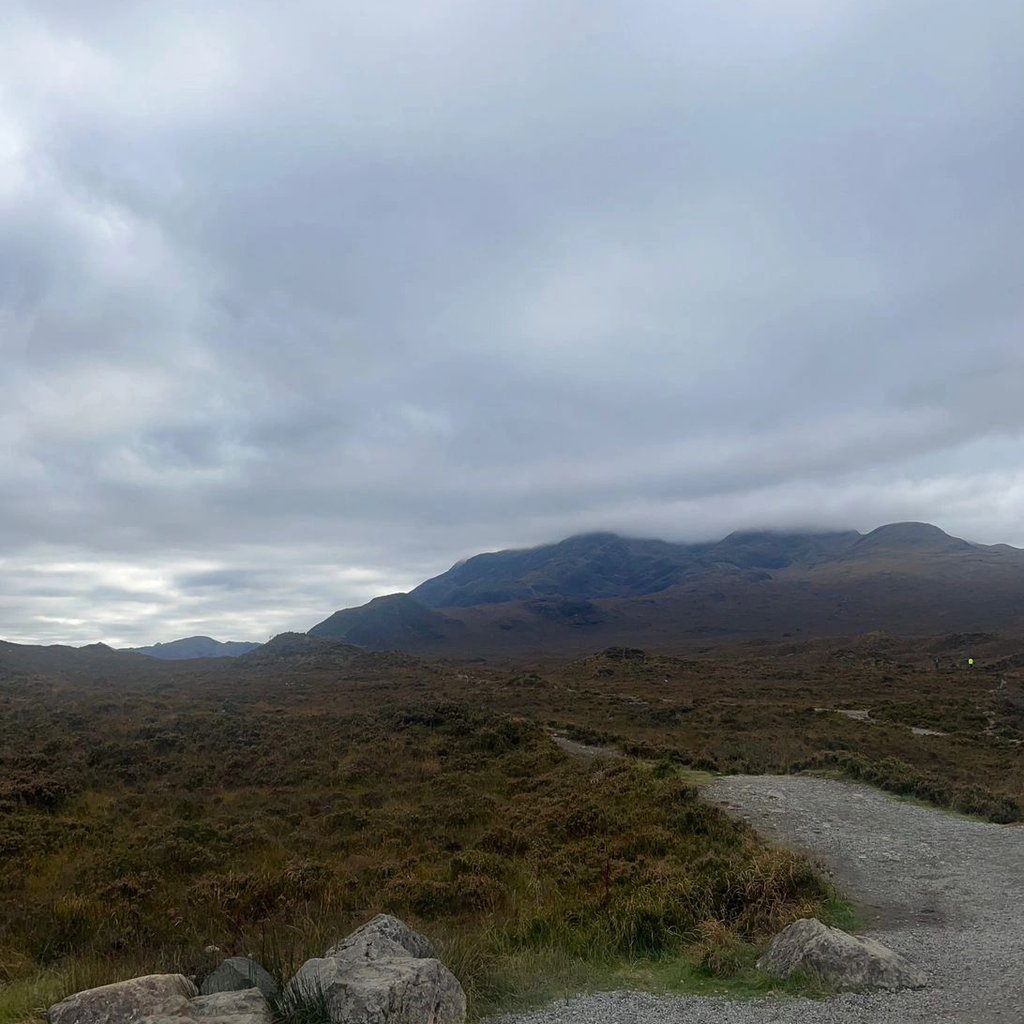Peatlands: A Strategic Natural Asset in the Global Carbon Economy
As the world accelerates toward net-zero pathways, the importance of natural carbon assets is becoming increasingly clear. Among these, peatlands represent one of the most undervalued yet strategically significant ecosystems for climate mitigation, water security, and biodiversity preservation.
INSIGHTS
11/17/20252 min read
As the world accelerates toward net-zero pathways, the importance of natural carbon assets is becoming increasingly clear. Among these, peatlands represent one of the most undervalued yet strategically significant ecosystems for climate mitigation, water security, and biodiversity preservation.
For organisations operating in the climate and energy sectors, understanding the value of peatlands provides essential insight into the broader carbon ecosystem that underpins global decarbonisation strategies.


A Global Carbon Asset With Outsized Impact
Although peatlands cover just 3% of global land area, they store up to one-third of the world’s soil carbon—a volume equivalent to twice the carbon stored in all forests combined.
This concentration of carbon stock makes peatlands a critical factor in climate risk management:
Healthy peatlands act as long-term carbon sinks.
Degraded peatlands, however, become carbon sources—responsible for up to 5% of global anthropogenic emissions.
For investors and project developers, peatlands represent both a climate opportunity and a systemic climate liability. Conserving them reduces future carbon release; restoring them offers high-impact, nature-based mitigation potential.
Hydrological Stability and Resilience
Beyond carbon, peatlands function as natural hydrological regulators. They hold approximately 10% of global freshwater and play a key role in:
Mitigating downstream flood risks
Stabilising water supply during dry seasons
Enhancing watershed resilience
Naturally improving water quality
For governments and industries facing climate-related water volatility, peatland landscapes deliver long-term resilience benefits that complement engineered water-management solutions.


Biodiversity and Ecosystem Services
Peatlands also support unique biodiversity and provide ecological services essential for sustainable land management. Their role in maintaining ecosystem balance contributes indirectly to agricultural stability, conservation economies, and community livelihoods.
Global Threats and Strategic Implications
Despite their value, 12–15% of peatlands globally have been degraded—primarily through drainage for agriculture, forestry, and land conversion. This degradation has direct implications for carbon markets, climate commitments, and national emissions profiles.
As carbon pricing mechanisms evolve, the strategic value of intact peatlands becomes clearer:
They prevent future liabilities in the form of large-scale carbon releases.
They offer high-return opportunities for restoration-based climate solutions.
They ensure long-term ecosystem stability essential for sustainable development.
A Broader View of the Carbon Landscape
It is essential to recognise the interconnected role of natural and engineered climate solutions. The resilience of intact peatland ecosystems highlights the need to rethink how we design our climate strategies—aligning technology, nature-based solutions, and long-term sustainability objectives. This perspective calls on stakeholders across the carbon ecosystem to adopt integrated pathways that are both credible and durable, leveraging advanced CCUS technologies alongside the critical value of natural carbon assets such as peatlands.
Photo: Ezra Macquarie / Isle of Skye
Photo: Ezra Macquarie / Isle of Skye
Read more:
© 2008 - 2025 Ezra & Macquarie Group. All rights reserved. Powered by Britannia Ventures.
Award-Winning Regional Business Consultancy and Technical Advisory Firm since 2008.
Photo: Ezra Macquarie / Isle of Skye
